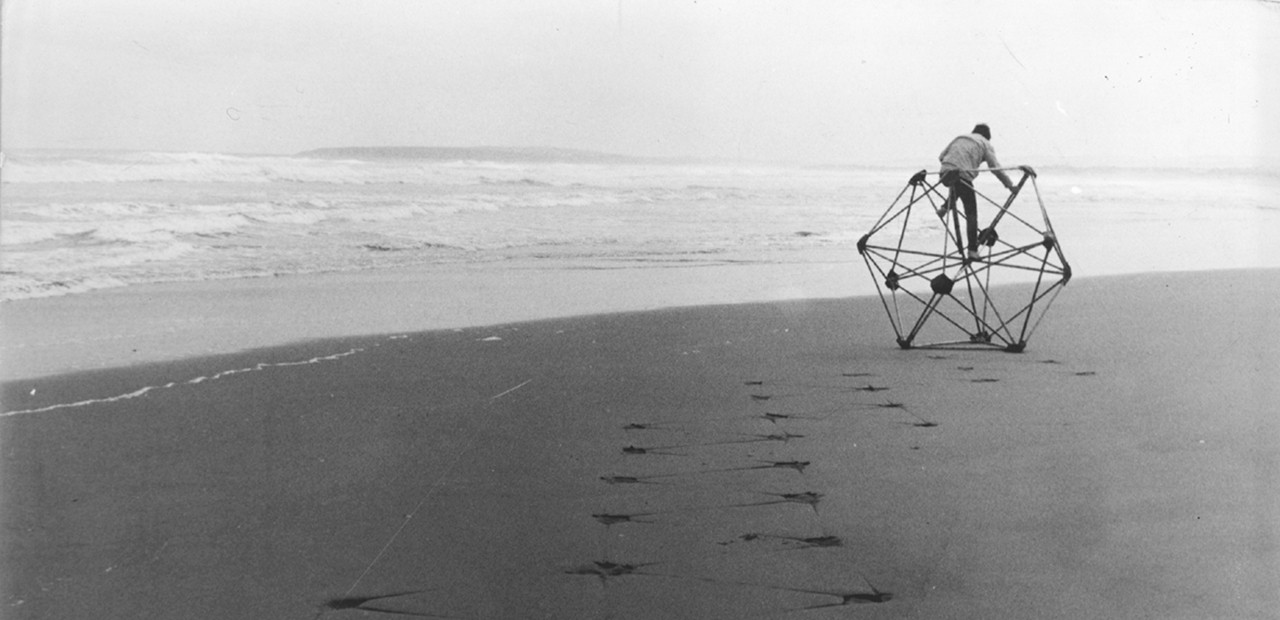Thinking Out Loud #1: Proactive or Reactive Architects?
Once upon a time technology was a word to define all those tools that humans used to do things, being them compasses or cranes. As technology became ubiquitous and much more complex the term acquired a much vaguer meaning: it started to indicate the very condition we live in. Perhaps the previous use was too partial, I agree. But when DNA can be edited with a software, Internet is supported by satellite infrastructure, cars can drive themselves and Google knows your routine better than your own friends; where do you start speaking about technology? and in relation to architecture?
The next Volume issue will map the field and will dig deep in certain areas of technology, but categories are needed to organise that. In recent editorial discussions, four categories came to the fore: proactive, reactive, speculative and extrapolative.
Architects seem often to have a reactive position towards technology, applying what’s on offer and accommodating what’s being provided. It’s not that often one sees an architect push technological developments or come with applications outside the realm delineated by technology itself.
Speculation and extrapolation are two possible thinking models and both have a tradition in architecture. Speculative projects by Archizoom and Super Studio are well-known and their prototypical designs are still influential nowadays, also in fields beyond architecture. At the same time extrapolation, or imagining future developments according to conditions of the present, has a prominent representative in Charles Jencks, among others, with his famous book Architecture 2000. Therefore architects seem to have the capacity to imagine futures and bring them to life; then why is it so different with technology nowadays?
